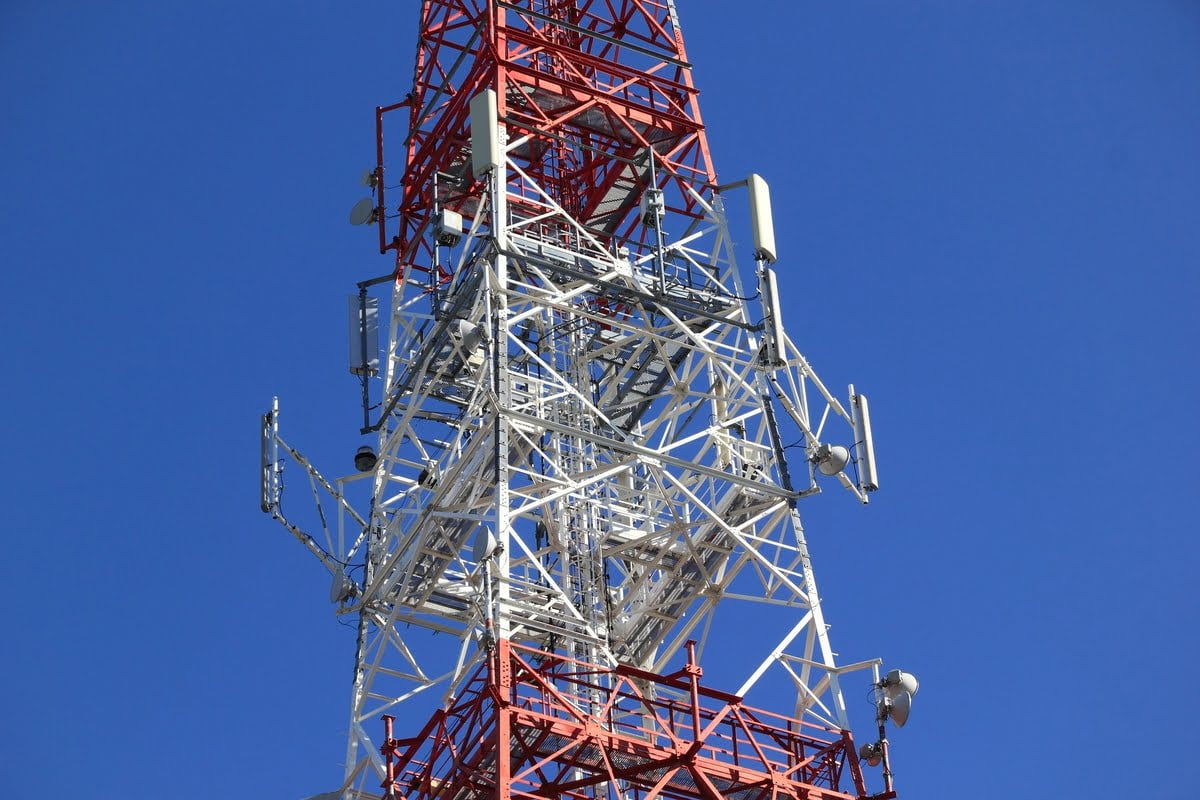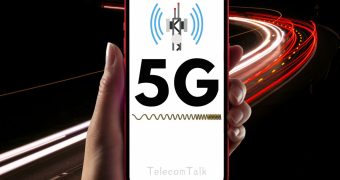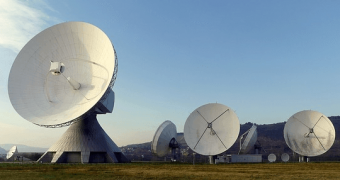
Ashwini Vaishnaw, the telecom minister, requested telecom operators to install 10,000 sites per week rather than the carriers' present 2500 sites per week in order to expand 5G coverage across the nation. He continued by saying that no SACFA clearance or Standing Advisory Committee on Frequency Allocation clearance will be required for mounting 5G antennae on street furniture in order to facilitate 5G rollouts.
The wireless licence reforms will be improved after the draft telecom bill is completed, the minister noted. The bill will next be brought before the Standing Committee of Parliament for consideration after receiving a second extension until November 10 to voice their opinions.
According to Vaishnaw, the PM's directive to the telcos is crystal clear: they must bring the same degree of digital services to the most rural areas as they do to urban ones. The PM's goal is to achieve digital inclusion, so any obstacles must be removed.
Satellite Communication Reforms
The main goal of the telecom reforms for wireless licensing, satellite communications, and the publication of the national frequency allocation plan is to make doing business easier. There are five satellite communications reforms. Any vehicle with the same licence can be equipped with any of the VSAT terminals. Mobile terminals are an alternative to stationary ones. This procedural change will make the shift from static to mobile, which was previously a difficult procedure.
Antenna self-certification without prior clearance from the government has also been introduced. The network operation and control centre process, which once required four layers of review and approval, now just requires one. By eliminating the charge of Rs 21 lakh per transponder per year, the process will take only 6 weeks rather than 8 months.
The requirement for satellite antennae to undergo mandatory performance verification testing, which costed Rs 6,000 and required complicated processes, has been eliminated. Manufacturing of near-field communication, which is used in portable chargers and other gadgets, is expanding in India. All three bands for the IoT, M2M, in-vehicle technology, and contactless charging have been delicensed to facilitate business.















